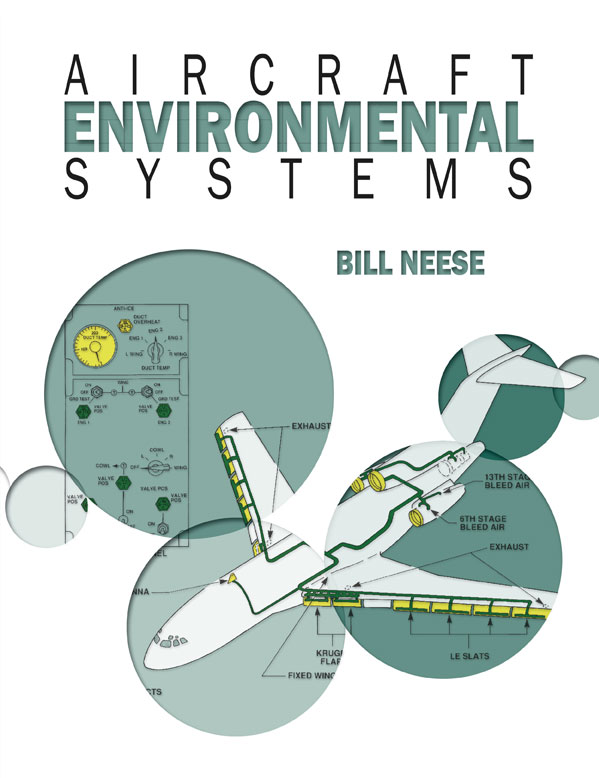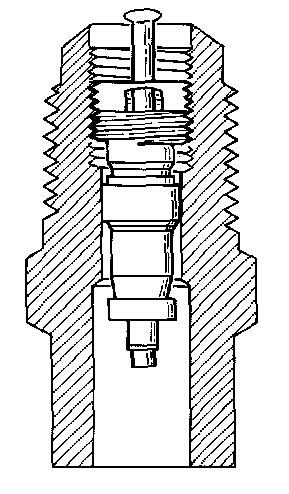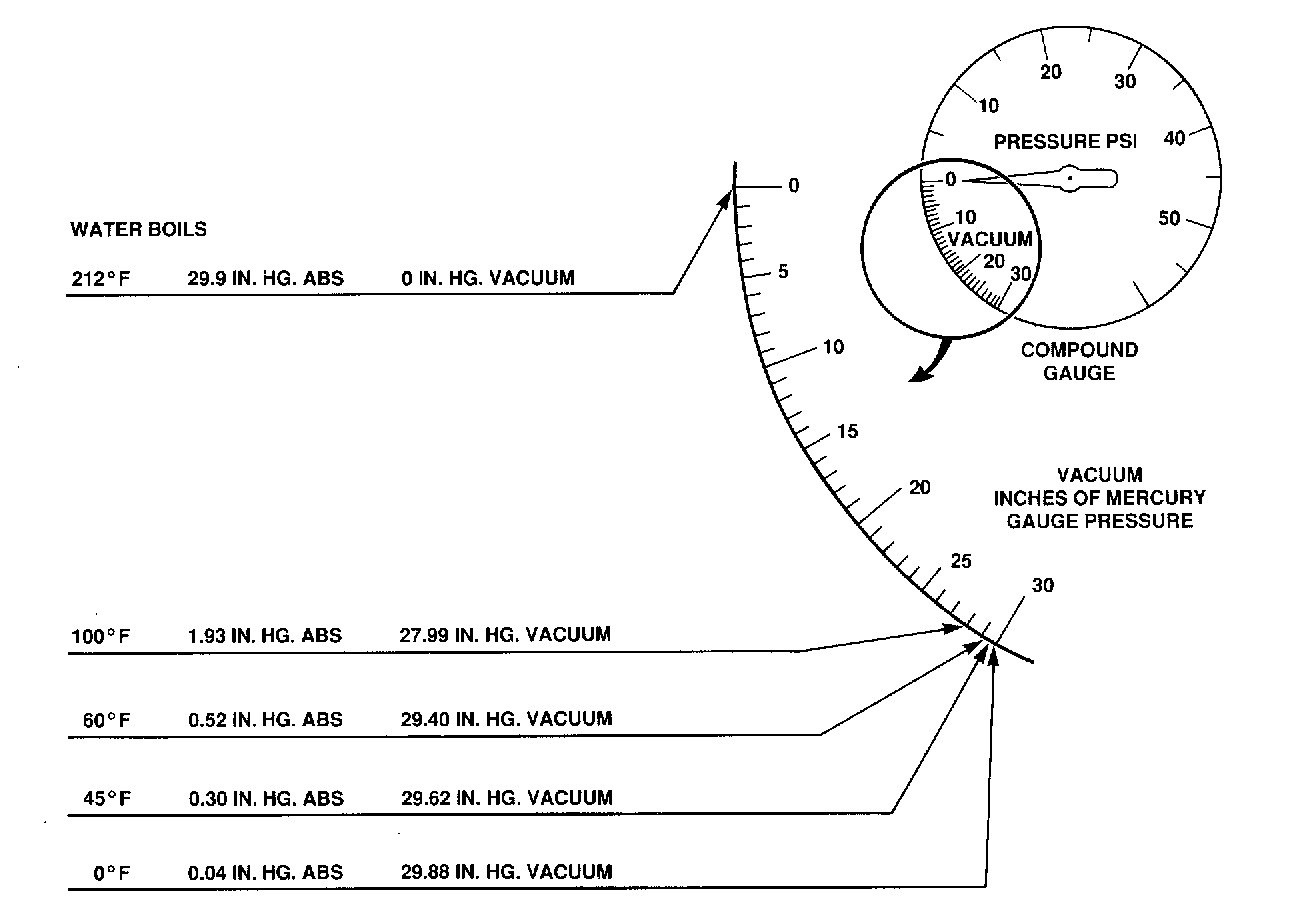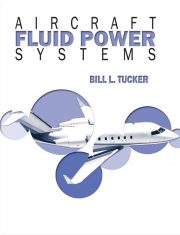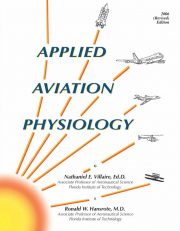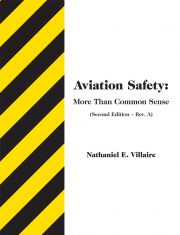Description
Covering a variety of topics including air conditioning and pressurization systems, aircraft atmospheric control systems, aircraft oxygen systems, ice and rain control systems, and fire protection systems. The five chapters also span a wide spectrum of aircraft in use today from the small single-engine planes up through the jumbo jetliners, such as the Boeing 727 and 767. When combined with the text, Aircraft Fuel Systems, this text provides a must-have for your aviation library.
During World War II, the need for bombers to operate at extremely high altitudes for long flights caused some of the manufacturers, notably the Boeing Airplane Company, to develop a pressurizing structure or pressure vessel, as it is called in which the occupants of the aircraft operate in a cabin that is artificially held at an altitude far below the flight altitude of the airplane. This means the pressure inside the aircraft’s cabin is much higher than the ambient pressure (outside pressure) when the aircraft is at high altitude.
Many of the piston engine transport aircraft of the 1950’s had pressurized cabins and were able to carry passengers in comfort over the top of most bad weather. This type of aircraft made flying truly practical as a means of mass transportation.
Author Bill Neese is Associate Professor Embry-Riddle Aeronautical University

